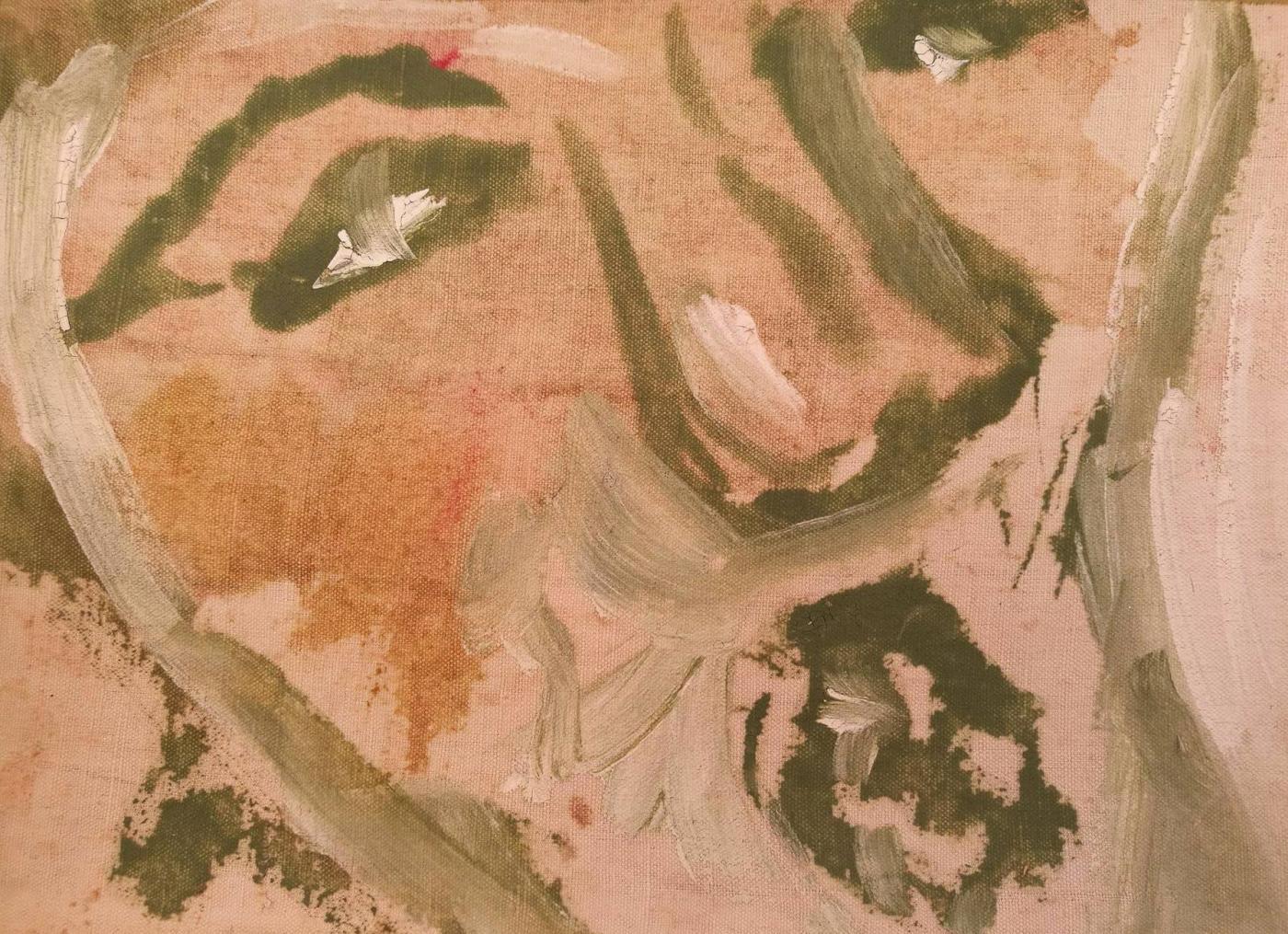Personal show by Alessandra Maisto
"Damascus is a path. It is revelation. It is light.
When Saul was about to reach Damascus, to put into effect the repression of Christians, he did not imagine that that way would have been his conversion. That's what almost always happens to those who start a journey. It ends up leading who runs it, for roads that he had not imagined before. How could he ever think, a murderer, who would become the "apostle of the Gentiles," and a source of inspiration for lost souls and, to the same extent, artists? It does not happen every day to come across an exhibition with subjects inspired by the Holy Scriptures. The tradition in which these works fit is ancient and very large. But it is part of a world that is hardly compatible with the interests of the modern public. That is why the artist, Alessandra Maisto, has decided to bring to light aspects that had never been revealed before. Far beyond the concept of Christianity, its fabric canvases, which, as Syndoneses guard their subjects, are a living and actual expression of a humanity and of a fragility in which anyone can recognize it. While joining the edge of a classical and Renaissance tradition, the original choice of subjects, which was once a prerogative of buyers, makes him aware of himself. But the indisputable protagonist of his works is light, which takes on a cathartic meaning of purification and revelation. It is the gold of the Divine, which appears and touches its figures, as a savory and powerful manna. A pagan light that wants to lead not only its subjects, but also those who observe them, in a mystical and sublime dimension. It is the same light that gives shape and life to the figures. These, shaped by the Divine, almost like Plato's hyperuranic ideas, take body and, together, humanity. That same humanity that distances them from the perfection that they are grateful for. And the calm spasm of this search, seems to infuse into them a sigh of life that touches the spectator. The same breath that seemed to animate Cardinal Scipione Borghese of the Bernini seems almost to arouse "Lazarus", which breathes a sigh of relief at a glance by seeing the light again. And it is always light, in the form of fire, to teach languages to peoples, Sunday of Pentecost, which we see in the canvas "Speaking in languages". Light as truth and knowledge, which blend in a mystical redemption from darkness. Redemption that does not lack in "Levi". Matteo, collector, recalls, in addition to the gesture of the "Conversion", the Caravaggio of the "Bacchino malato", which seems to fine the darkness in which it was confined. And here's the novelty that the artist suggests. Faces that art history has always presented us as proud and secure, we now see tremors and humans. The supreme example of this revolution is "600 wagons". The title guides us in reading a work whose protagonist, Moses, is terrified by the imminent charge that he prepares and crushes him and his people, between the Pharaoh and the Red Sea. And it is his eyes to talk to him, stuttering and old, and to show a completely new fragility, a horror worthy of the vivid Dante's images. Also the leader of this fury is part of the collection. In fact, Pharaoh, with the title of "Hardened Heart", shows himself and a grudge without which no redemption would have taken place. No promised land would be reached. There are also many feminine subjects in this collection, pervaded by all, with a dignity and strength that makes it its current and superb protagonists. Unknown names and new names, which have previously neglected aspects, appear in a single reality of women as they have never been, ever before, told. Mary Magdalene, who once again recalls an illustrious predecessor, Caravaggio, alongside "Agar", a slave of Abraham, forced to give to his master to give him an heir that his bride seemed unable to give. Mesta, after having been dismissed along with her son, keeps intact her femininity and elegance, reminiscent of the purity of classical canons, of the same age. So "Betsabea", a wife before "Hunger the Hittite," then "David", seems to have been mutilated with a love, which David's envy of Uriah had torn her. The subtle ropes that often combine the canvas of the artist make this unique collection, which seems to be pervaded by a continuous dialogue between the works. Among the female figures, Salome still stands out. That seems to be dancing gloomy in front of the spectator. A macabre dance though, which is a prelude to a murder. It is in this way that they combine death and salvation in the works of the artist. Light and shadow are side by side and complete. "Lucifer", cut in two, shows us better than any explanation of this concept...







Comments 0
Say something